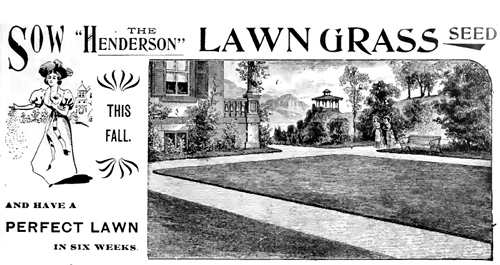This is my first bilingual post. To jump to the English version, please click here.
✤ He vuelto brevemente -después de tres años, ¡no está mal!- para compartir estas gráficas. Las he hecho durante las vacaciones por frikismo y porque quería aclararme yo mismo de las diferencias que hay entre las especies y variedades de Ceanothus (ceanotos) más comunes en el mercado -demasiadas para memorizar- y ayudarme a la hora de seleccionar la variedad adecuada para cada situación.
Los ceanotos son de los arbustos más representativos de California, con más de 50 especies e incontables híbridos y cultivares, famosos por su color azul auténtico, aunque también existen en la gama del lavanda al blanco. La mayoría se da en zonas de clima mediterráneo, por lo que su potencial ornamental en otros países de clima similar es muy grande. Paradójicamente, el país donde más se cultivan fuera de California es el Reino Unido, donde se han creado variedades propias. Las que muestro aquí son las más comunes en California, ya que son las que quizá tengan más probabilidad de éxito en climas mediterráneos.
Si conoces alguna de estas variedades y quieres hacer comentarios sobre cómo mejorar las gráficas, no dudes en dejar un comentario. Espero que sirva de ayuda.
– Gráfica 1: Está pensada como primer paso en la selección de especies para proyectos de paisajismo. Como el exceso de riego es normalmente el talón de Aquiles de los ceanotos, he resaltado en verde aquellas variedades que son especialmente tolerantes al riego en verano.
– Eje Y: Muestra la altura del ceanoto en pies (divide entre 3,28 para obtener los metros).
– Eje X: Muestra el comienzo aproximado de la floración.
– Diámetro: Indica la anchura relativa de cada variedad, pero no se puede medir en la gráfica directamente.
– Gráfica 2: Indica comienzo y final de floración aproximada para cada variedad.
Salta a la gráfica haciendo clic aquí.
________________
❊ I came back briefly -after three years, not too bad!- to share this chart. I made it over the holidays because of geekiness and because I wanted to untangle in my brain the differences among the species and cultivars of Ceanothus (a.k.a. buckbrush, California lilac) most common in the trade -too many to memorize- and help me with selecting the right variety for each condition.
The ceanothuses are one of the most representative shrubs in California, with more than 50 species and innumerable hybrids and cultivars, famous for their true blue colors, but they are also available in the color range from lavender to white. Most of them grow in areas with a Mediterranean climate, they show great potential to be used in other countries with a similar climate. Paradoxically, the country where they are most widely cultivated, outside of California, is the United Kingdom, where specific cultivars have been developed. The ones I am showing here are the most common in California, because they are perhaps the ones with the highest potential for success in Mediterranean climates.
If you are familiar with any of the varieties and want to make comments to make the chart better, feel free to leave a comment below. I hope it’s useful.
– Chart 1: Its main purpose is helping in the selection of species and cultivars for landscape projects. Since excess irrigation is the main reason ceanothuses die in cultivation, I’ve highlighted in green the ones that are particularly tolerant to summer water.
– Y-axis: Indicates the height in feet (divide by 3.28 to obtain height in meters).
– X-axis: Indicates the approximate start of blooming.
– Diameter: Proportional to the relative width of each variety, but can’t be measured directly on the chart.
– Chart 2: Shows start and end of blooming time for each variety.
Gráfica 1 / Chart 1
For full size: click here.
Gráfica 2 / Chart 2
Etiquetas: 2020, buckbrush, california, ceanothus, ceanoto, native, plantas, plants






